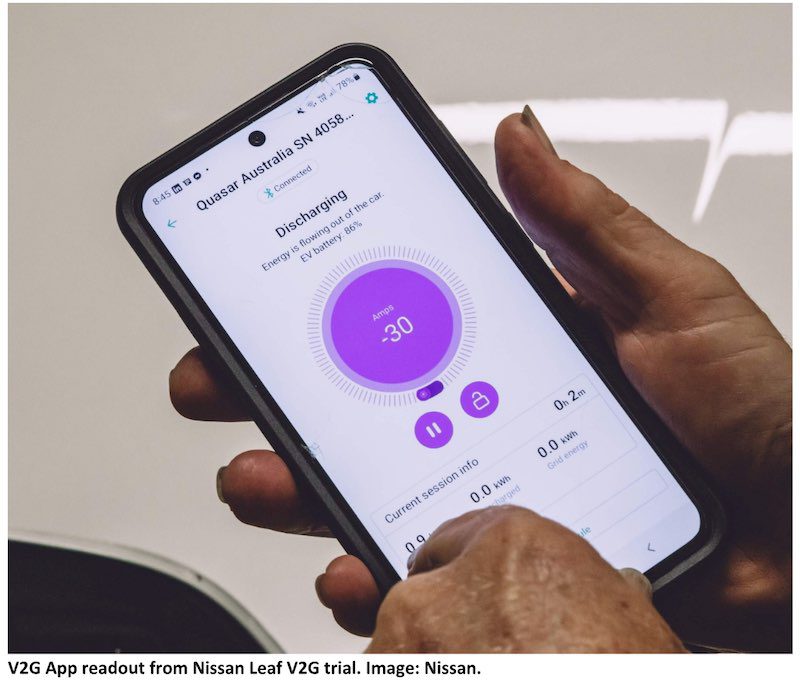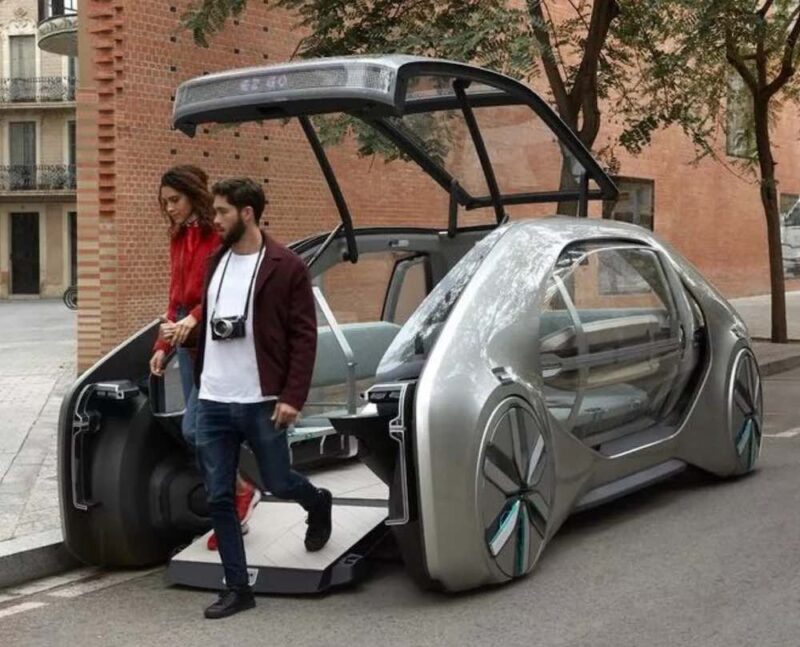As an ever expanding number of people come to consider their next car purchase to likely be an EV, I am getting asked this question more and more often.
It’s both an easy (and hard) question to answer well, though. The easy bit that is all the EV technology we will see within that timeframe is already out there in well-developed prototype form.
The hard bit is predicting how people will take to it and/or what the manufacturers consider profitable to make ASAP… or stash for a couple of years to roll out later.
First-up though, the market itself is changing and there is a coming series of step-changes in the type of person buying an EV. First we had the innovators – the ‘bleeding edge’ if you like, who like new tech and will spend over the odds to play with it – irrespective of whether it will ever be a mainstream product.
Next are the ‘early adopters’ who see a change coming and want to be a part of it. This second group are tech savvy and green minded, but less technically oriented and won’t buy if it isn’t ‘going to happen’.
This is where Australia is at – but many markets are well past that stage and into the ‘early majority’.
That group is more budget conscious, watch online bloggers and ‘influencers’ for their info and ‘just want it to work’. Now we’re seeing close to 10% new car sales here, the first of that latter group is emerging here too and I have begun to get their type of questions at my public talks and The Driven reader questions.
Each of these groups has particular requirements for the type and packaging of their information. If treating my role as being a ‘science communicator’, it means I need to change what and how I present to meet those needs.
For the early adopter – whilst the techy stuff I used to present in detail about for the innovator is still there, I reduce its prominence and spend more time on how to interact with the technology to make it work best for you – as well as explain the facts and timelines of the now inevitability of the EV transition.

The next group – the early majority, will require another tweak to what and how I explain EVs and I am starting to work on that now.
That by the way is only one model to use when addressing the needs of the EV buying public. Another way to group EV buyers is in terms of where they live.
Thus far it has mainly been urban homeowners with off-street parking. Owners of units and apartments, renters, those without off-street parking are now looking closely at EVs. Same for regional/rural areas and people who live off the electricity grid.
The charging solutions for all of these groups are there, but there is still little understanding of them outside of the industry itself. Getting the message across on charging is yet another line of information needing to be addressed.
As an example, I’ve worked with industry, training providers and government to develop a course in EV charger installation for electricians that is rolling out now. That will help in getting info to both the installer as well as help the installer explain it to intending EV drivers.

Another one about to hit us is the revolution in charging options. These include ‘smart chargers’, Vehicle to Home (V2H) and Vehicle to Grid (V2G) chargers.
Smart chargers are those that the grid can turn on/off and/or ramp up and down. V2H is reversing to power flow to have the car power the house. Both of these will be here next year.
V2G is where the car can provide power to the grid as well as just to your home: that will be here perhaps as early as 2025. Mind-you, full smart charging and V2G are dependent on the grid becoming smarter and better able to talk to the chargers – but that is looking to begin properly in around 12 months’ time.

Making EVs part of the renewable grid will be a game changer – both in terms of the balancing of use versus supply AND in the options for cheap electricity tariffs if you take advantage of charging at times of excess power generation/providing power to the grid at other times.
I can also see a time where installing a smart charger instead of a dumb one becomes mandated by government – that may even happen within the five year time frame as it is already happening elsewhere.
Also, as far as the EV buying public is concerned, choosing an EV with V2H/G to use the EV battery as both home back-up as well as storage for excess solar may very well become the ‘must-have’ feature in future EV purchases.
And finally: for the late majority, the information needs and means of connecting to them will be different again. All part of the fun of being a science communicator!
And beyond 5 years?
After that, EVs will begin to stop looking like we expect cars to. Just like the first horseless carriages looked like… well… carriages without horses, so too will the EV evolve into new forms that reflect the fact the motors are tiny and can fit under the car.
The bonnet will shorten or go away entirely, the cabin will expand within the same footprint to take up the old engine bay and fuel tank spaces. Steering wheels and pedals will eventually disappear too.
Oh, and we’ll stop calling them ‘electric cars’ and start calling them cars. (Plus – the old ones will become ‘ICE cars’ or maybe, ‘fossil cars’).

Bryce Gaton is an expert on electric vehicles and contributor for The Driven and Renew Economy. He has been working in the EV sector since 2008 and is currently working as EV electrical safety trainer/supervisor for the University of Melbourne. He also provides support for the EV Transition to business, government and the public through his EV Transition consultancy EVchoice.


